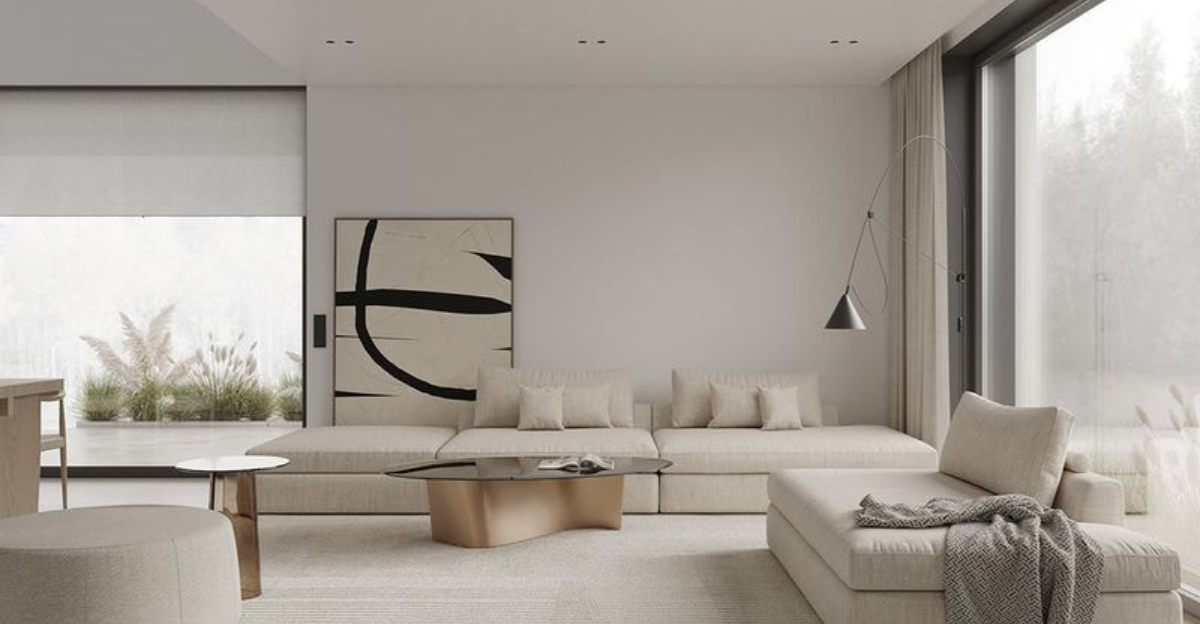Minimalism in design is all the rage, but many interpretations miss the mark. Those so-called ‘clean’ looks? Often, not as thoughtfully curated as they appear.
Prepare for sharp observations and witty corrections as we unveil the misconceptions cluttering this style.
1. White Walls Make It Minimal
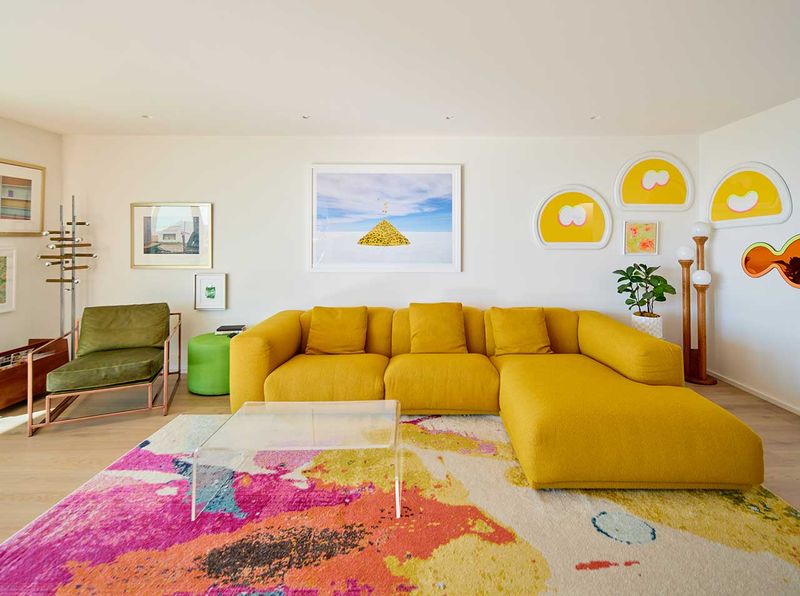
Believing white walls are the hallmark of minimalism is like thinking a blank canvas is a masterpiece. Color, when used thoughtfully, can define spaces and evoke emotions. Minimalism isn’t about barrenness; it’s about intentional simplicity.
Even with hues, a room can feel serene and uncluttered. Embrace tones that speak to you, creating an environment both peaceful and personal.
2. Less Stuff Equals Minimalism
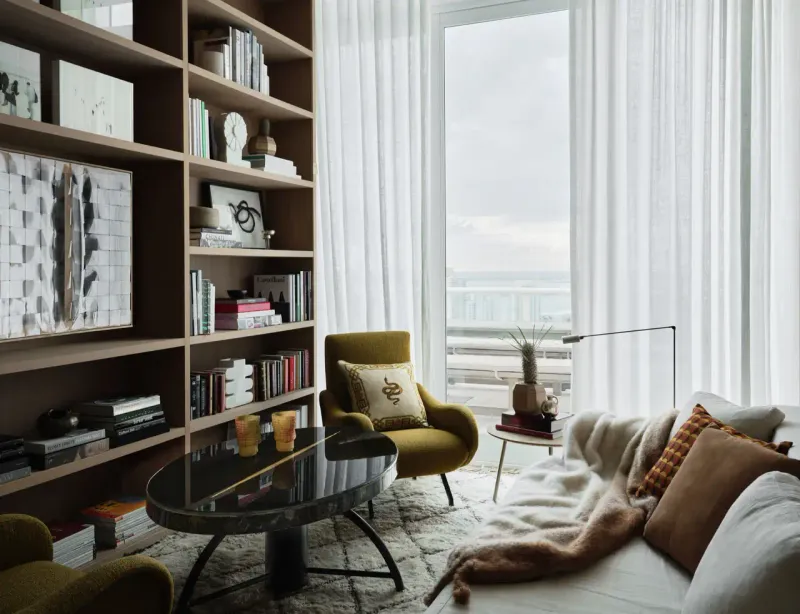
Minimalism isn’t a numbers game. It’s not about owning fewer things but having meaningful ones. Imagine a bookshelf with only books that inspire you versus an empty one.
The key is curating items that serve a purpose or bring joy, not just eliminating clutter. It’s a dance between utility and aesthetic, where every piece tells a story.
3. Minimalist Equals Boring
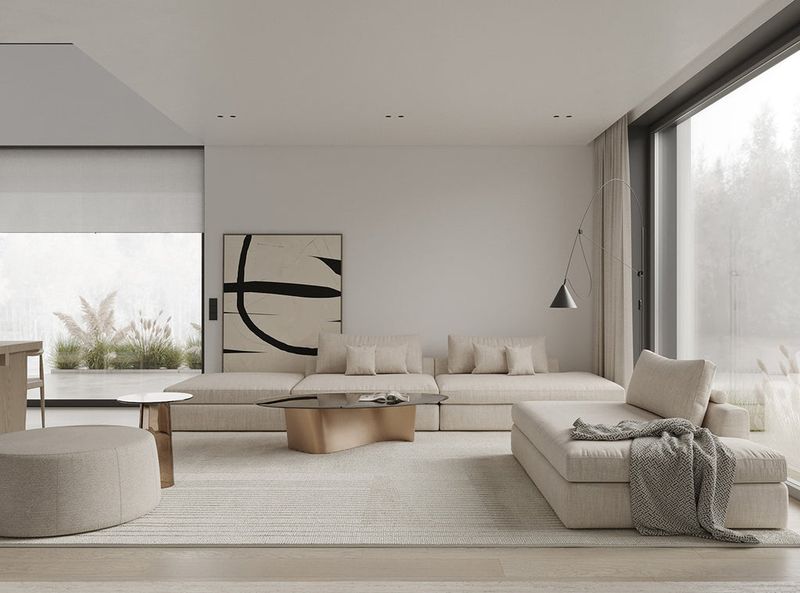
Claiming minimalism is dull reflects a misunderstanding of simplicity’s elegance. Minimalism celebrates clean lines and uncluttered spaces, but that doesn’t mean lifelessness. Texture, form, and material interplay create dynamic environments.
Picture a room where each element is intentional, creating a quiet drama. Minimalism can be as exciting as the boldest designs, full of subtle sophistication and grace.
4. Neutral Colors Are a Must
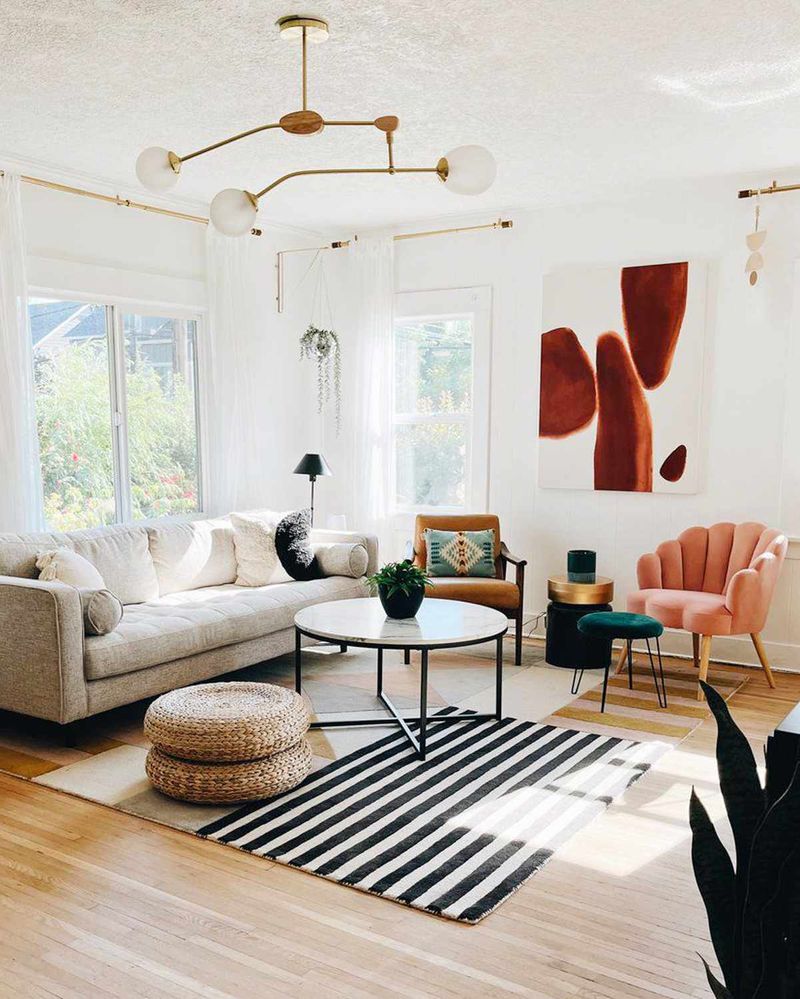
While neutral tones often complement minimalist designs, they’re not a strict rule. Adding a splash of color can inject personality and warmth into a space.
Think of it as seasoning a dish—just the right amount enhances flavor. Minimalism thrives on balance, and a well-placed bold hue can transform a space from bland to captivating, without overwhelming simplicity.
5. Minimalism Means No Personality
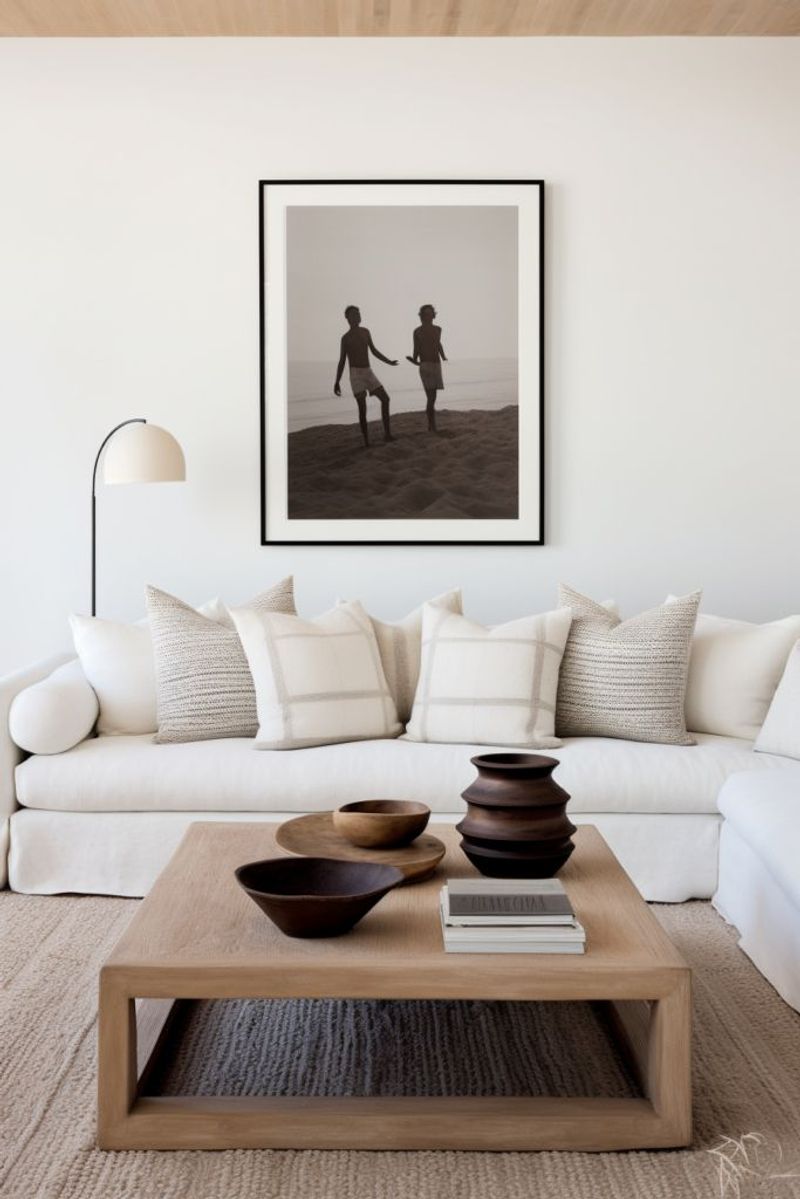
Minimalism isn’t about stripping away personality, but refining it. The goal is to express yourself with fewer, yet more meaningful pieces.
Items in a minimalist space should reflect personal taste and style, creating an environment that’s both uncluttered and uniquely yours.
6. Function Over Form, Always
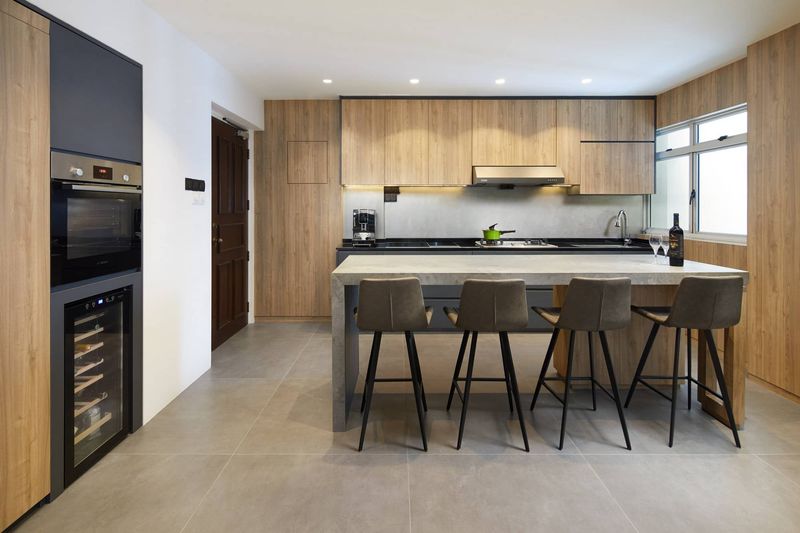
The belief that minimalism sacrifices form for function is a misconception. True minimalist design marries the two seamlessly.
It’s about finding beauty in utility, where design enhances the everyday experience. Minimalism can be functional without losing an ounce of aesthetic appeal, proving elegance and efficiency go hand in hand.
7. Open Spaces Are Always Better
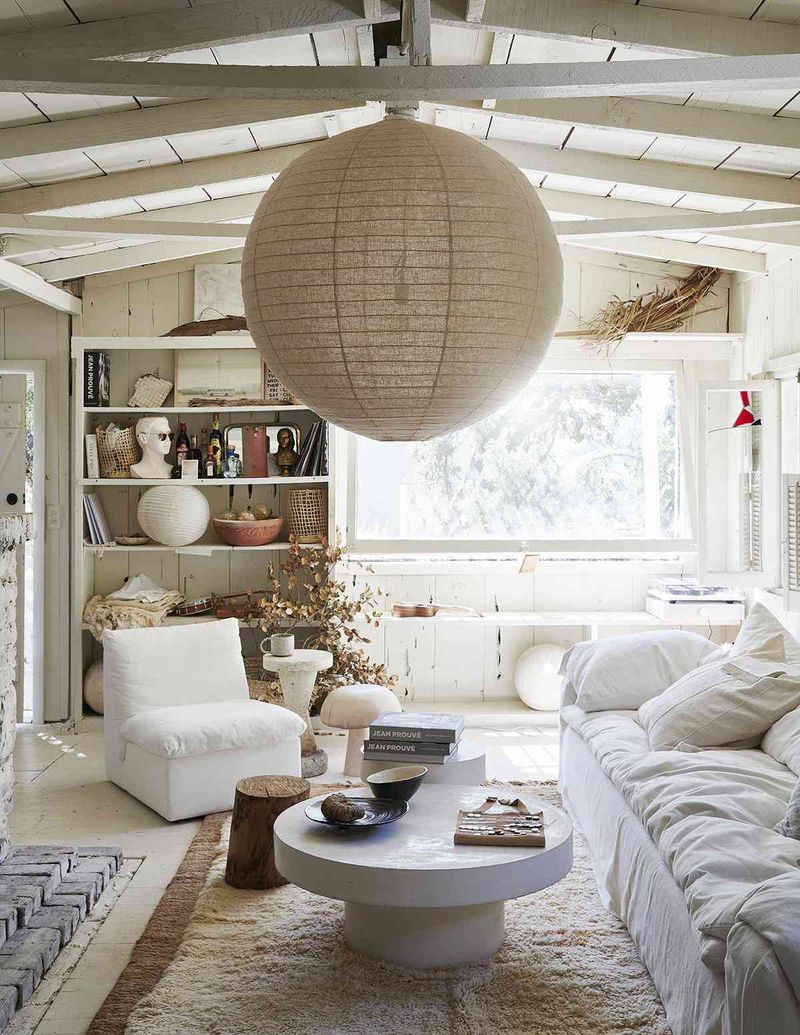
The assumption that open spaces are inherently better can lead to sterile environments. Minimalism values openness, but also cherishes intimacy.
A well-placed partition or thoughtfully designed nook can provide coziness and a sense of retreat, creating spaces that breathe while offering comfort and personal connection, balancing openness with private sanctuaries.
8. Minimalism is Cold and Unwelcoming

Minimalism doesn’t mean sacrificing warmth and welcome. A minimalist space can feel inviting by embracing warm textures, soft lighting, and cozy furnishings.
The key is in the details—choosing elements that invite rather than repel. It’s about creating a sanctuary that’s both calming and embracing.
9. Minimalism Equals High Maintenance
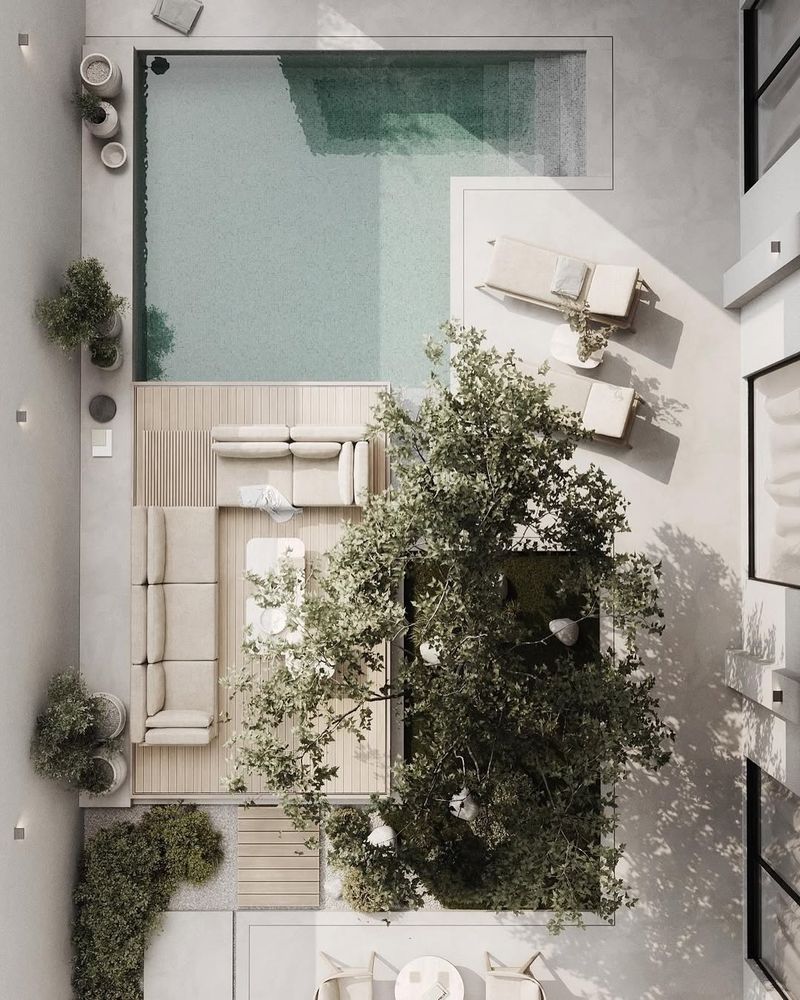
The idea that minimalism demands high maintenance is misleading. True minimalist spaces are designed for ease, not constant upkeep.
Selecting finishes and furnishings that require minimal fuss emphasizes practicality. Minimalism should simplify life, not complicate it, offering peace of mind with its clean, effortless charm.
10. Minimalist Design is Expensive

Minimalism isn’t synonymous with high cost. It focuses on choice and prioritizing quality over quantity. A room decorated with thrifted finds or DIY projects can embody minimalist principles without a hefty price tag.
It encourages being resourceful and creative, finding beauty in simplicity without overspending. The minimalist mantra is less is more, not more money spent.
11. Minimalism Lacks Creativity
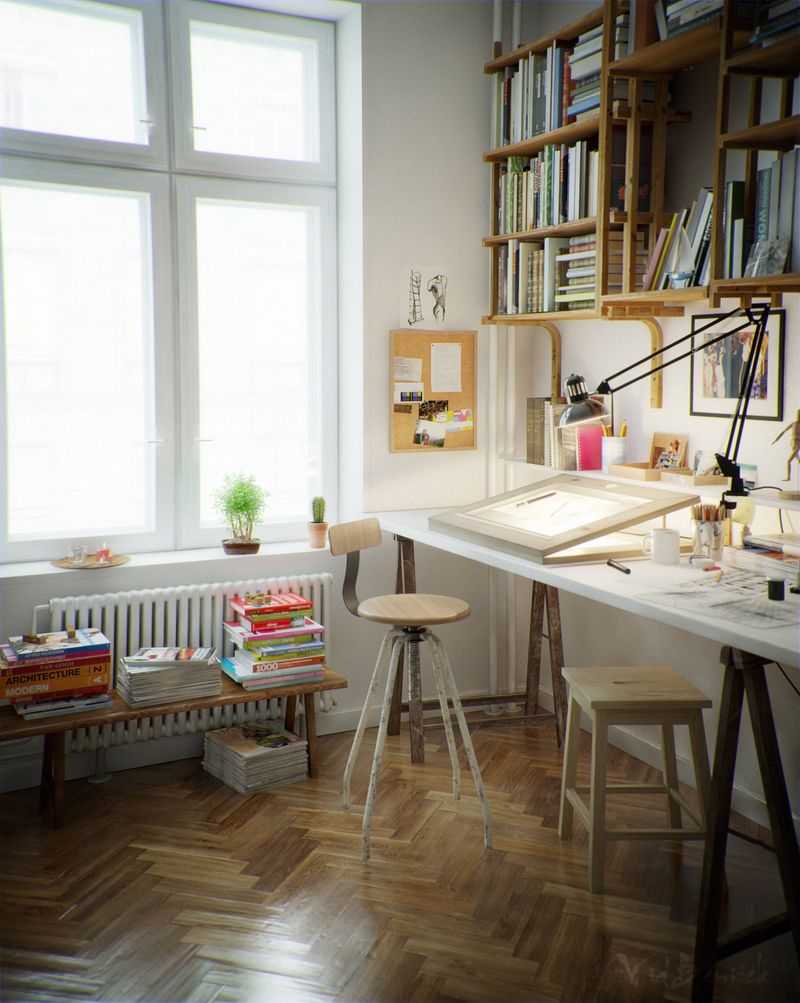
Minimalism doesn’t stifle creativity; it channels it. The constraints of minimal design often spur innovative solutions. Think of an artist’s studio that’s pared down yet bursting with inspiration.
Minimalism encourages outside-the-box thinking, proving that creativity flourishes when it’s given room to breathe, even in restrained settings.
12. All Minimalists Are the Same
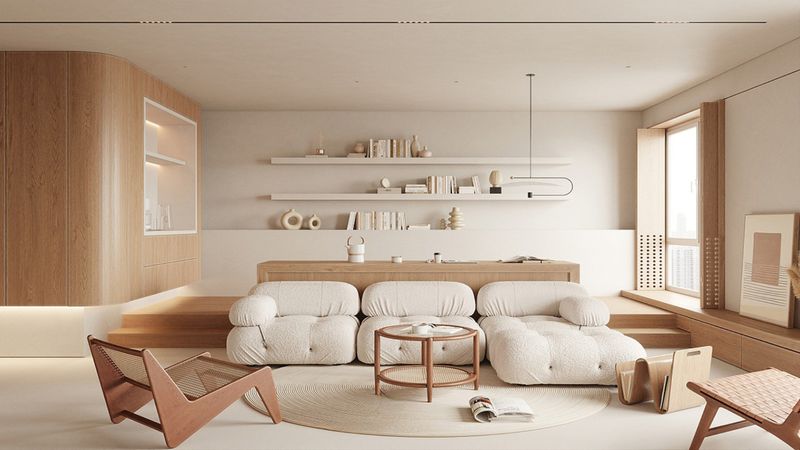
Assuming all minimalists have the same style overlooks the diversity within the movement. Minimalism can vary widely, from industrial minimalism to rustic simplicity.
Every interpretation offers unique insights and aesthetics, unified by simplicity. The spectrum within minimalism allows individuality and shared principles to coexist beautifully.
13. Minimalism is Just a Trend
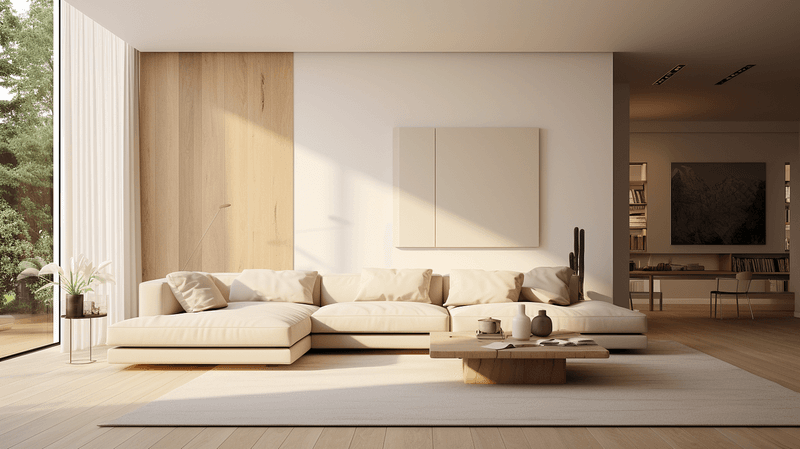
Dismissing minimalism as a mere trend underestimates its enduring appeal. It’s a philosophy that prioritizes essence over excess. Consider a home that’s remained stylish through the years, its minimalist design proving timeless.
Minimalism isn’t dictated by fashion cycles; it’s about enduring principles that promote clarity, focus, and intentional living. It’s an approach that transcends fleeting design fads.
14. Minimalist Homes Feel Empty
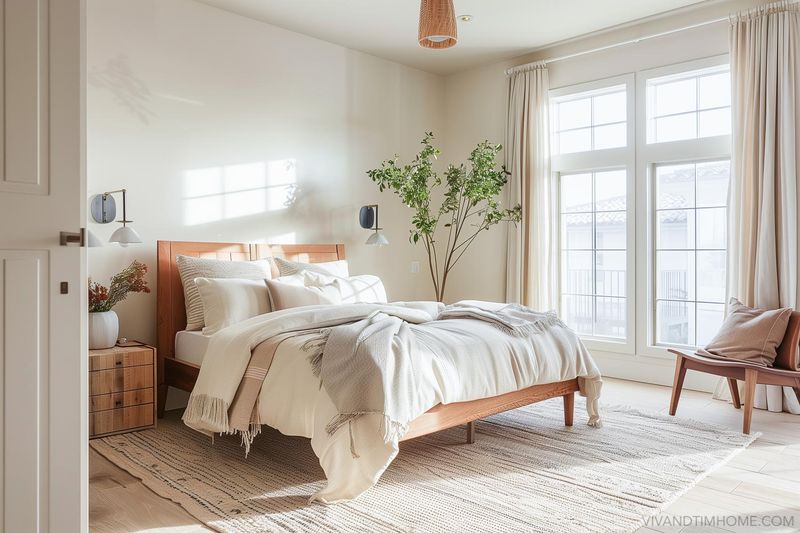
The notion that minimalist homes feel empty is a misinterpretation. Imagine a bedroom designed with deliberate choices, each piece adding warmth and character.
Minimalism focuses on what’s essential, creating environments that feel complete and harmonious. A minimalist home can be as rich in experience as any maximalist abode, just without the clutter.
15. Simplicity Equals Lack of Design
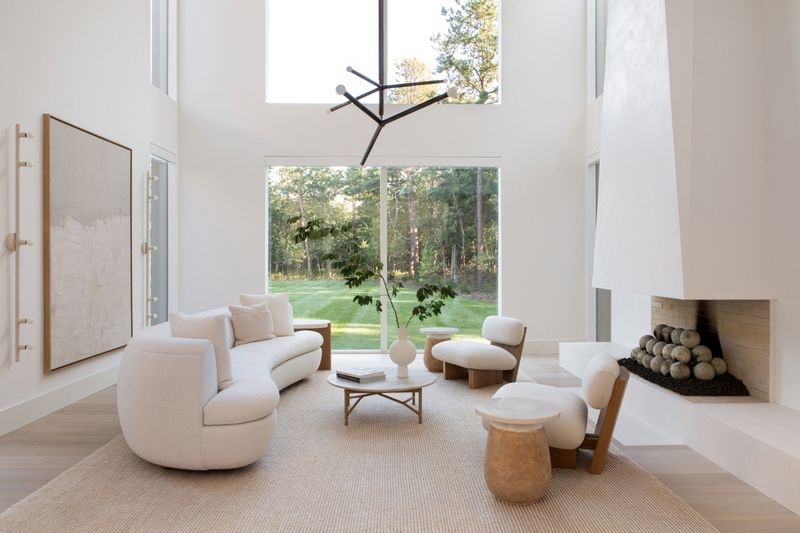
Confusing simplicity with lack of design is a common misstep. In minimalism, every detail is intentional, from the furniture’s lines to the decor’s placement. Visualize a living room where each piece plays a role in harmony, creating a cohesive narrative.
Simplicity requires thoughtful editing and design prowess, proving that less isn’t just less—it’s more when done with finesse and purpose.
16. Minimalism Ignores Comfort
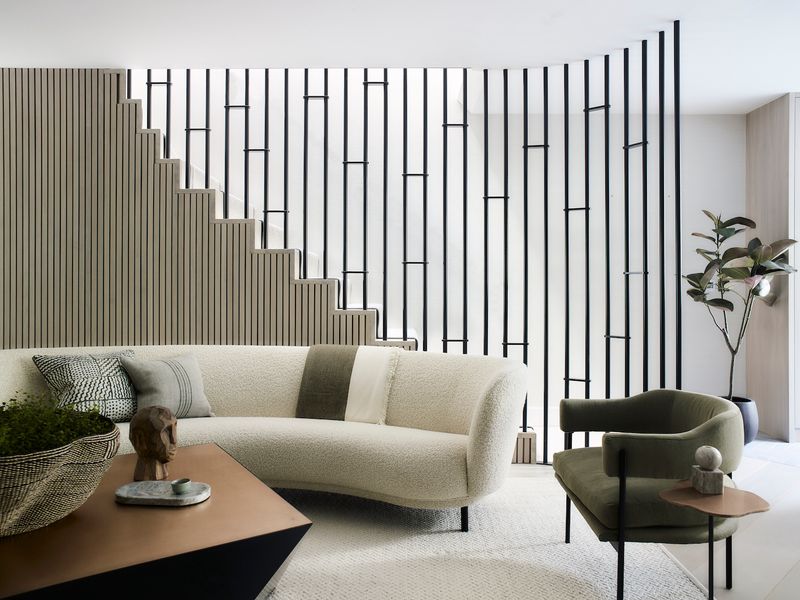
The belief that minimalism overlooks comfort forgets the essence of thoughtful design. A family room with plush seating and soft textures offers relaxation without overcrowding.
Minimalism embraces comfort by choosing furnishings that provide support and coziness. It creates spaces that feel good to be in, proving that comfort and style aren’t mutually exclusive in a minimalist setting.
17. Minimalism is Anti-Decor

Minimalism isn’t against decor; it’s against clutter. The right decor enhances simplicity. Imagine a room with art and accents that resonate with the space’s purpose, each piece chosen for its significance.
Minimalist decor focuses on quality and resonance, not quantity. Decor, in minimalism, acts as a quiet complement, not noise.
18. Minimalist Design is for Everyone
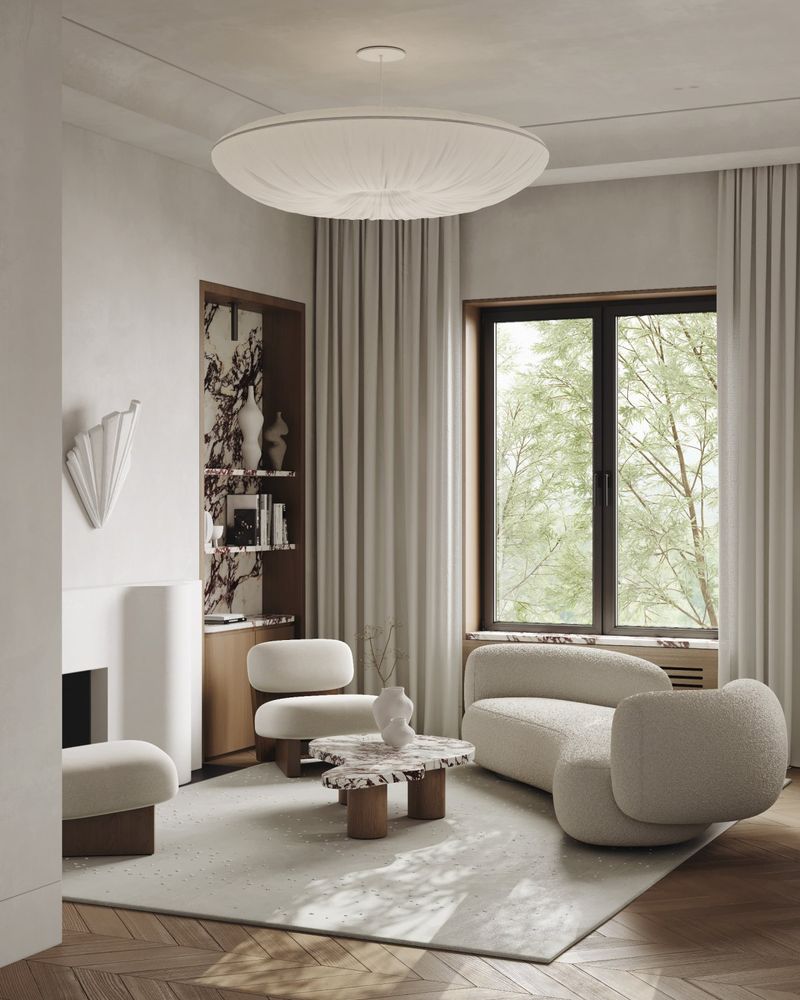
Assuming minimalism suits everyone overlooks personal preferences. It’s about aligning with its principles in a way that fits individual taste and lifestyle. Imagine various people in minimalist spaces, each connecting in their own way.
While it appeals to those who value simplicity, it’s far from a one-size-fits-all approach. Minimalism should reflect personal values and aesthetics, proving it’s a choice, not a rule.

